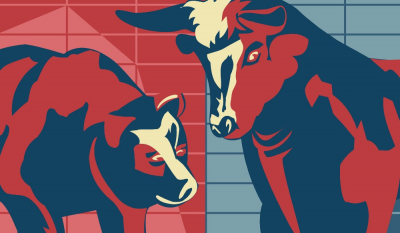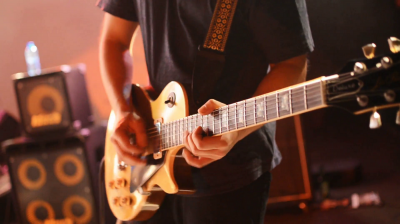Limited Edition Digital Art
I’ve recently had an idea for a specific art project that would use NFT contracts to 'mint' a series of unique digital artworks, but I don't want to use ERC-721.
While Ethereum has been the main player in this space, allowing unique tokenised collectibles, it has recently experienced a variety of issues, and the inevitable attractiveness of 3rd genertion blockchain tech like Cardano is becoming a reality.
No doubt Ethereum 2.0 will provide some relief, when it arrives, but I am going to take the opportunity to learn how to create Non Fungible Tokens on Cardano.
Creating With Cardano
Now the ecosystem is ready, it won't be long before products and services based on Cardano technology explode.
The deployment of Marlowe and the Plutus platforms mean there are now active spaces in which developers can now build.
From the Cardano Forum;
“Many existing utility tokens on other blockchain ledgers are used to represent ownership, or the right to access a certain feature of a DApp or smart contract. On Cardano, this will be represented as ‘tokenized roles’.
In simple terms, this means that to participate in a DApp, smart contract, or similar function, a user must present the relevant role token. These role tokens can become tradeable resources, and as we will explore below, they can be used to trade complex financial derivatives and contracts. 9
Cardano custom tokens can also be used to hold an initial coin offering (ICO) for those DApps being built on Cardano.”
The Plutus Platform - Youtube
Plutus allows all programming to be done from a single Haskell library. This lets users build secure applications, forge new assets, and create smart contracts in a predictable, deterministic environment with the highest level of assurance. Furthemore, developers don’t have to run a full Cardano node to test their work.
Jann Mueller then takes us through the Plutus Application Platform, where assets can be built and launched. He also demonstrates How tokens can be transferred using a smart contract. With Plutus you can:
- Forge new tokens in a lightweight environment
- Build smart contracts.
- Support basic multi-sig scripts
Show Bounties Announced
In a week that saw the third anniversary of the project, Charles Hoskinson has anounced funding for more Cardano awareness - bounties can now be earned for creating topic-specific educational podcasts/youtubes etc.
Preparing for Goguen
With the initial Byron era behind us, and the new Shelley-era sucessfully underway, the Goguen Era has now also dawned [roadmap]. This really is the perfect time for new devs to become familiar with this new tech at the ground level.
“Goguen’s roll-out will represent a paradigm shift in Cardano’s functionality, opening the way to the development of enterprise-level, mission-critical, decentralized smart contract applications and a wealth of tokenized assets.
This will be powered through Plutus 16, an innovative development and execution platform for distributed contract applications on Cardano. You can learn more about Plutus and developing decentralized applications on Cardano by visiting our testnets here 43.“
Further Technical Information
The new protocols are a very interesting set of designs - reading the white paper [linked below] I learned that the 'native' Ethereum tokens have more issues that I knew.
There are some great new concepts in here such as 'Forge Field' and 'Multi-Asset UTXOs' as well as 'Token Provenance', 'Tokenised Roles', 'CEM - Constraint Emitting Machines', 'Property Preservation' and 'tokens as state threads'.
- UTXOma: UTXO with Multi-Asset Support [link]
- Native Custom Tokens in the Extended UTXO Model - [link]
______________________
I hope you found this interesting and useful!
Creating with Cardano - the journey begins.
SimpaticoCrypto
 Cardano Shelley: How to stake in Daedalus
Cardano Shelley: How to stake in Daedalus How a transaction gets into Cardano's blockchain
How a transaction gets into Cardano's blockchain Cardano survives the bear market
Cardano survives the bear market Cardano adoption will rock
Cardano adoption will rock